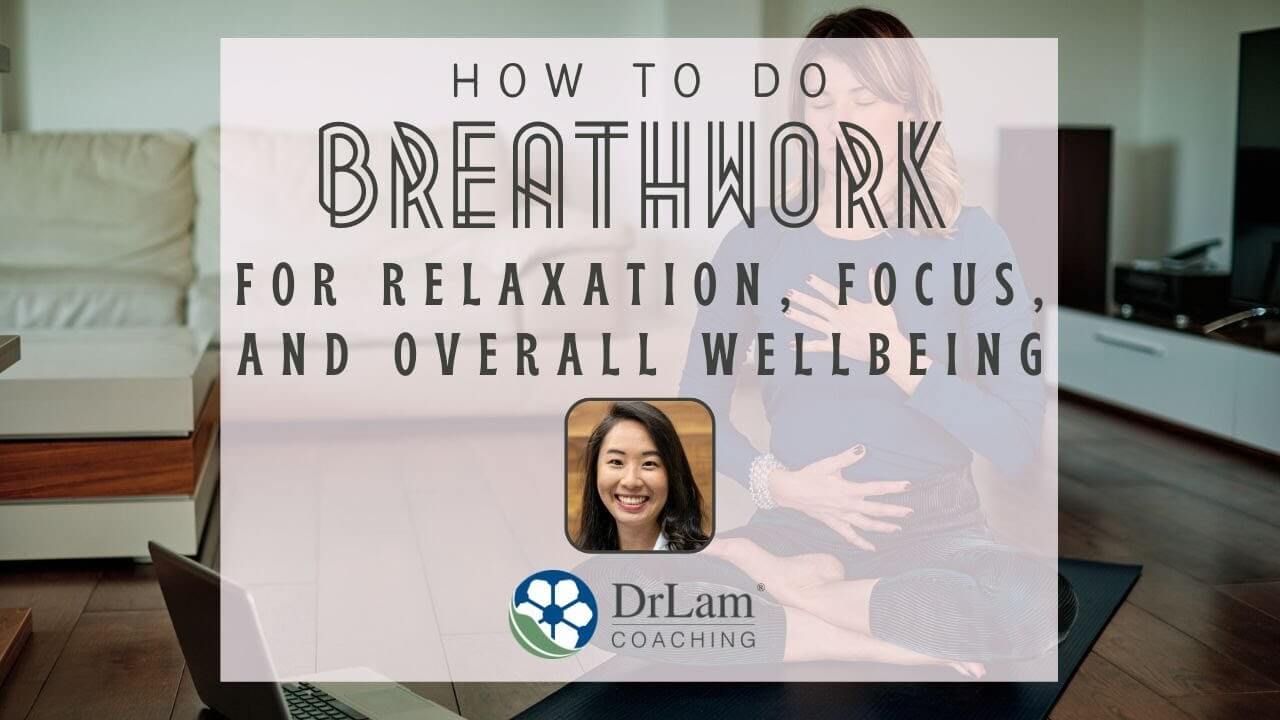
 Years ago, a young mother and wife of 28 years found herself suffering from frequent, debilitating panic attacks. She began experiencing heart palpitations, nausea, sweating, and overwhelming fear. Professionals told her she had a panic disorder. It was a situation relaxation breathing would have a major positive impact on.
Years ago, a young mother and wife of 28 years found herself suffering from frequent, debilitating panic attacks. She began experiencing heart palpitations, nausea, sweating, and overwhelming fear. Professionals told her she had a panic disorder. It was a situation relaxation breathing would have a major positive impact on.
Her mental issues had started in college, where she experienced both anxiety and depression due to stress. The stress resulted in frequent migraines and gastritis, which led to the development of a hernia. She tried medications that had no effect, and according to one medical professional, they exacerbated her condition. However, a relaxation breathing exercise class helped her gain back her life.
Ten years later, however, the disorder had returned, and she decided to engage in the same exercises that had previously led to a full recovery.
Once more, starting with a special kind of relaxation breathing technique called adrenal breathing designed to support healthy adrenal function, she soon experienced a definite improvement. Although unaware of it at the time, she was not only relaxing her muscles but her sympathetic nervous system as well. She started feeling more at peace, and she was seeing positive improvements in all areas of her life. She became non-judgemental, mindful, more accepting, and had a higher tolerance to stress.
Her anxiety attacks had led to her becoming bedridden, but with the help of adrenal breathing, she became healthy, mentally balanced, and able to spend quality time with her husband and children.
Very few of us actually think of our breathing. It is an automatic response. Western medicine, especially, does not pay attention to or recognize relaxation or adrenal breathing. Yet many people unknowingly breathe abnormally. This kind of unhealthy breathing can cause problems, especially in those battling adrenal fatigue and its myriad symptoms, including anxiety attacks.
Normal breathing utilizes three sets of muscles: the intercostal muscles, abdominal muscles, and the diaphragm. All breathing is guided by the nervous system, especially the somatic and autonomic nervous systems. Even if you consciously decide not to breathe, your body automatically takes over with these connected systems. The autonomic nervous system regulates itself and is not controlled by the somatic nervous system, which you have conscious control over. The autonomic nervous system also regulates your heart rate, for example. However, by consciously regulating your breathing, you can influence your heart rate, because breathing is connected to both these systems. Deep, slow breathing slows down the heart rate.
By regulating your breathing, you influence your autonomous nervous system. This function of adrenal breathing especially benefits those in the advanced stages of adrenal fatigue where anxiety is a common symptom.
 You can link panic attacks to a reaction in your sympathetic nervous system. The sympathetic nervous system and the parasympathetic nervous system both form part of the autonomous nervous system. Your sympathetic nervous system (SNS) releases adrenaline when your body is under stress and goes into ‘fight or flight mode’. The parasympathetic nervous system (PNS), on the other hand, takes care of the body’s internal rest and relaxation functions. When you are physically active, the SNS causes the smooth muscle of the airways to relax, allowing more air into the body. During times of less activity, these muscles contract slightly, narrowing the airways and resulting in shallower breathing as less oxygen is needed.
You can link panic attacks to a reaction in your sympathetic nervous system. The sympathetic nervous system and the parasympathetic nervous system both form part of the autonomous nervous system. Your sympathetic nervous system (SNS) releases adrenaline when your body is under stress and goes into ‘fight or flight mode’. The parasympathetic nervous system (PNS), on the other hand, takes care of the body’s internal rest and relaxation functions. When you are physically active, the SNS causes the smooth muscle of the airways to relax, allowing more air into the body. During times of less activity, these muscles contract slightly, narrowing the airways and resulting in shallower breathing as less oxygen is needed.
When your body perceives a threat, the sympathetic nervous system triggers the adrenal glands to produce hormones to deal with the situation. When this happens, a number of changes take place in your body:
In other words, your body goes on red alert to fight, run away, or otherwise deal with the problem.
Under normal circumstances, this reaction is of short duration. When the threat has passed, hormonal production and the other reactions associated with a threat return to normal.
Prolonged stress, however, can interfere with this process. The constant production of cortisol by the adrenal glands means your body stays in a constant state of heightened readiness. This, in turn, causes the adrenal glands to try to produce even more cortisol. Adrenal fatigue may set in as a result. The adrenal glands become overworked, and you suffer from burnout.
Typical symptoms associated with Adrenal Fatigue Syndrome (AFS) include:
Although Western medicine treats most of these issues separately by means of medications, many people feel that this does not work or that the medications actually compound the problem. Natural medicine, on the other hand, focuses on the underlying cause and solving it.
One of the ways in which many people are able to help themselves when dealing with panic attacks and anxiety issues is by means of relaxation breathing exercises.
 Sit or lay down somewhere quiet where you will not be interrupted:
Sit or lay down somewhere quiet where you will not be interrupted:
Once you’ve practiced this adrenal breathing exercise, you can try it anytime and anywhere. It is best practiced a few times a day.
Adrenal breathing exercises can be powerful. Make sure to breathe normally in between using this exercise. By focusing on your breath, you can help calm your body and soothe your mind.
Correct breathing techniques may help you stave off an anxiety attack while helping to support adrenal function and calm your nervous system.
If you would like to know more about relaxation breathing and its many benefits, the team at Dr. Lam Coaching can help. We offer a free**, no-obligation phone consultation at +1 (626) 571-1234. We will privately and confidentially discuss with you any queries you may have. Alternatively, you can contact the Ask The Doctor system by clicking here.
Yes, correct breathing for relaxation does help with panic attacks as concentrating on your breath creates a calming effect.
